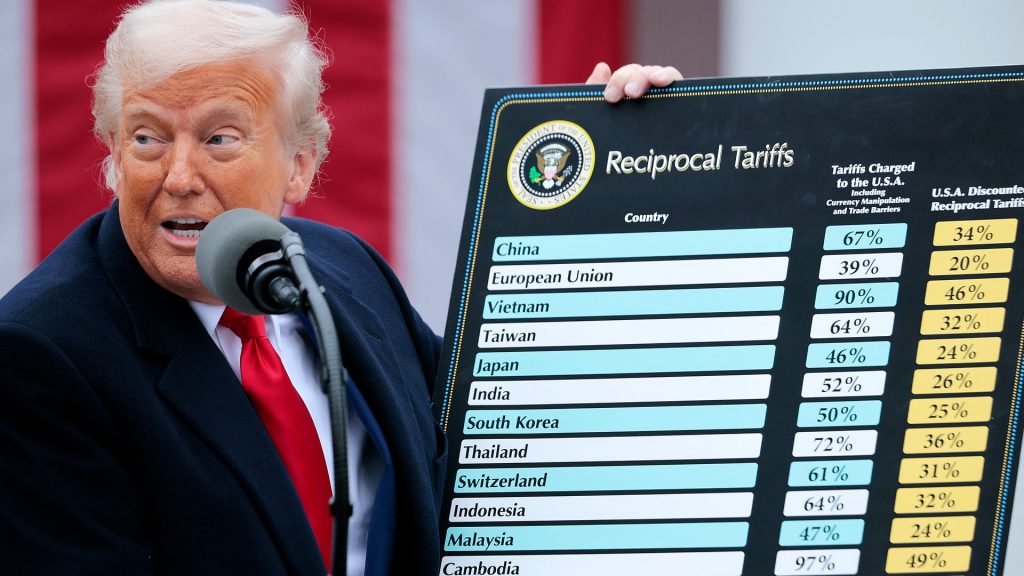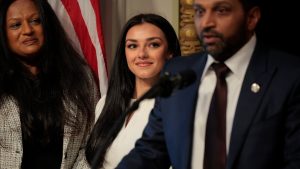White House unveils new trade policy, tariff plan hours before Aug. 1 deadline

The White House announced a new trade policy and tariff plan Thursday night, just hours before the Aug. 1 trade deadline. President Donald Trump signed an executive order imposing new tariffs on imports to the U.S., with rates between 10% and 41%, depending on what those countries charge the U.S.
The order came just before the deadline, after a busy week of trade negotiations. The rates are set to go into effect Aug. 7.
Existing tariffs and new rate structure
The U.S. has already been applying a 10% tariff on imported goods since April 2, and the White House says that tariff will remain in place. However, the 10% will now only apply to countries that have a trade surplus with the U.S.
The U.S. is now setting a minimum 15% tariff on imports from countries it has a trade deficit with — about 40 countries, according to CNN.
Tariff rates on specific countries
Trump had already placed high tariffs on many major U.S. trading partners, while dozens of countries were urgently trying to make deals or get extensions before the trade deadline on Friday.
The African nation Lesotho was originally threatened with a 50% tariff, but the final rate was reduced to 15%. Taiwan will face a 20% tariff and Pakistan a 19% tariff.
Other countries, such as Israel, Iceland, Fiji, Ghana, Guyana and Ecuador, will have their goods taxed at 15% when exported to the U.S.
Trump initially announced a 50% tariff on goods from Brazil, something he linked to the prosecution of former President Jair Bolsonaro. However, the executive order issued only included a 10% tariff.
Trade negotiations and general tariff policy
The order ended a busy day of trade talks, as many countries tried to keep negotiating with Trump. It set specific tariff rates for 68 countries and the 27-member European Union.
Any country not mentioned in the order will face a default 10% tariff.
A senior official, who spoke anonymously with reporters Thursday after the order came down, explained that the tariff rates were based on each country’s trade imbalance with the U.S. and its regional economic conditions.
US and Mexico trade agreement
Trump also said he spoke to Mexico’s president, Claudia Sheinbaum, and agreed to a 90-day negotiating period for trade talks. The U.S. will keep Mexico’s tariffs at 25%, not raise them to 30% as previously threatened.
During the call with reporters, the senior administration official chose not to disclose which countries have reached new trade agreements.





